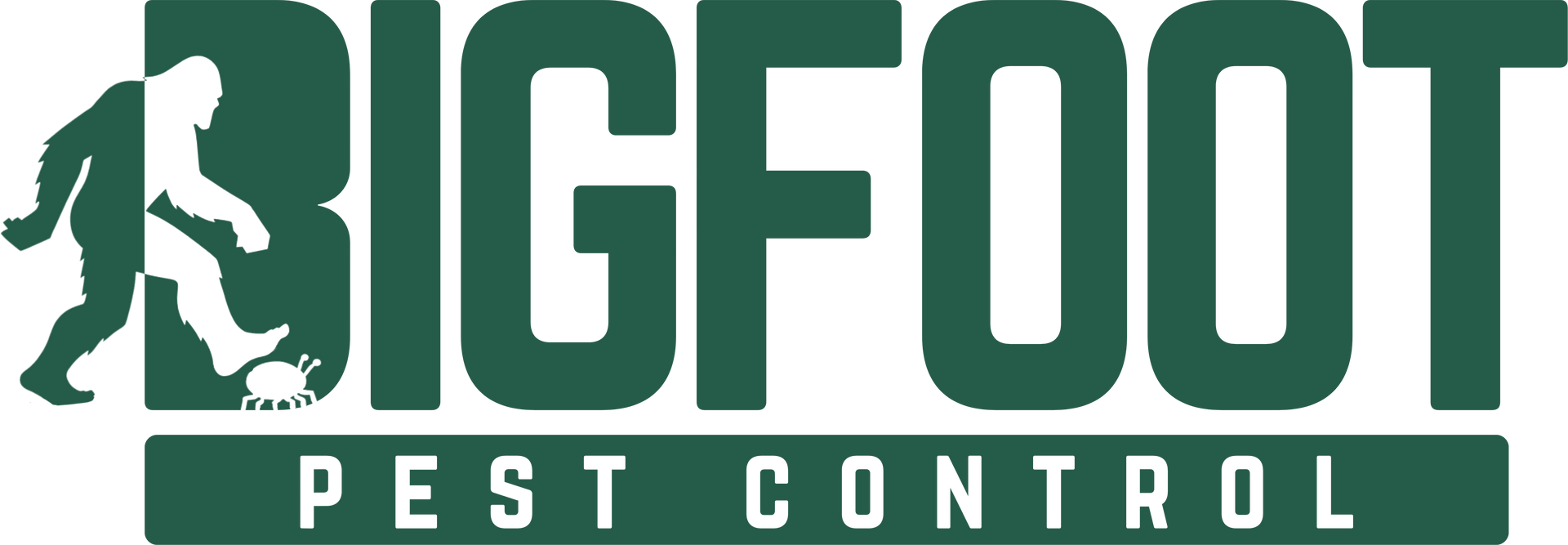555-555-5555
mymail@mailservice.com
Wasps

Appearance
Black and yellow stripes of death. Wasps have 2 sets of wings and 6 legs. They have antennae and "pinched-in" or hourglass waists. They also have chewing mouthparts (mandibles) to chew prey and other food sources.
Habitat
Stinging insects are most problematic on properties near gardens, wooded areas, flowering trees, overgrown landscaping, ponds, lakes, and other water sources. Things like open trash cans, recycling bins, and outdoor eating areas also attract yellow jackets and other stinging insects.
Activity
Problems with stinging insects usually occur in the late spring, summer, and early fall months when both people and stinging insects are most active.
What are yellow jackets, wasps, and hornets?
What are yellow jackets, wasps, and hornets? They're the absolute worst, that's what they are! Wasps, yellow jackets, and hornets come in all sorts of shapes and sizes, but there are a few features that they all have in common. First of all, they have two pairs of wings. The front pair is larger than the back pair, and the wings are connected by a thin membrane. Wasps also have narrow waists and long legs. Their bodies are usually yellow, black, or brown, and they often have stripes or patterns on their abdomens. Yellow jackets, wasps, and hornets are all members of the Hymenoptera family of insects. They are closely related to ants and bees, and they share many of the same characteristics. Yellow jackets, wasps, and hornets are all capable of stinging humans and animals, and they are all known to be aggressive when they feel threatened. Yellow jackets, wasps, and hornets are considered pests because of their aggressive behavior and because they can cause serious health problems if their stings are not treated promptly. If you're dealing with a yellow jacket, wasp, or hornet problem, Bigfoot Pest Control can help. We offer pest control services that will eliminate these pests from your home and yard for good. Give us a call today!
Are yellow jackets, wasps, and hornets dangerous?
Wasps are often seen as dangerous, aggressive pests that will sting you at the first opportunity. While it's true that wasps can deliver a painful sting, they are actually quite timid creatures. The vast majority of wasps will only sting humans if they feel threatened or if their nest is in danger. In fact, wasps play an important role in the ecosystem by preying on other insects. So, while you may not want them buzzing around your picnic lunch, you can rest assured that wasps are more helpful than harmful.
Why do I have a yellow jackets, wasps, and hornets problem?
If you've noticed an uptick in wasp or yellow jacket activity around your home, you may be wondering why you have a wasp problem. There are a few possible explanations. First, wasps are attracted to sweet smells, so if you're eating outdoors or have ripe fruit on your counter, that could be inviting them into your space. Second, wasps are attracted to light, so if you have a porch light or other light source near their nest, they may be drawn to it. Finally, wasps are attracted to warmth, so if your home is warmer than the outside air, they may be trying to get inside. If you're dealing with a wasp problem, the best course of action is to call a professional pest control company like Bigfoot Pest Control. We'll be able to safely and effectively remove the nest and help keep future wasps from entering your home.
Where will I find yellow jackets, wasps, and hornets?
Wasps like to build their nests as high up as they can, in all sorts of nooks and crannies. Outside of their nests, there's a good chance you'll find them near their food source. That means they'll be hanging around areas where there are a lot of insects for them to eat. Wasps are also attracted to sweet things, so you might find them near ripe fruit or flowers that are blooming. Basically, if there's anything that wasps might want to eat, that's where you'll find them. Of course, the best way to avoid wasps is to call Bigfoot Pest Control. We'll take care of those pesky pests for you so you don't have to worry about running into them again.
How do I get rid of yellow jackets, wasps, and hornets?
Getting rid of wasps can be a tricky business. After all, these pesky critters are known for their painful stings and aggressive behavior. However, there are a few things you can do to get rid of wasps safely and effectively. First, try to identify the source of the problem. Wasps typically build their nests in dark, hidden places such as attics, crawl spaces, and behind shutters. Once you've located the nest, you can take steps to destroy it. If the nest is small and accessible, you can carefully remove it with a vacuum cleaner. For larger nests, you may need to contact a professional pest control company. Bigfoot Pest Control offers wasp removal services in Boise, Idaho. We use state-of-the-art equipment and eco-friendly methods to safely and effectively eliminate wasps from your home. Give us a call today!


